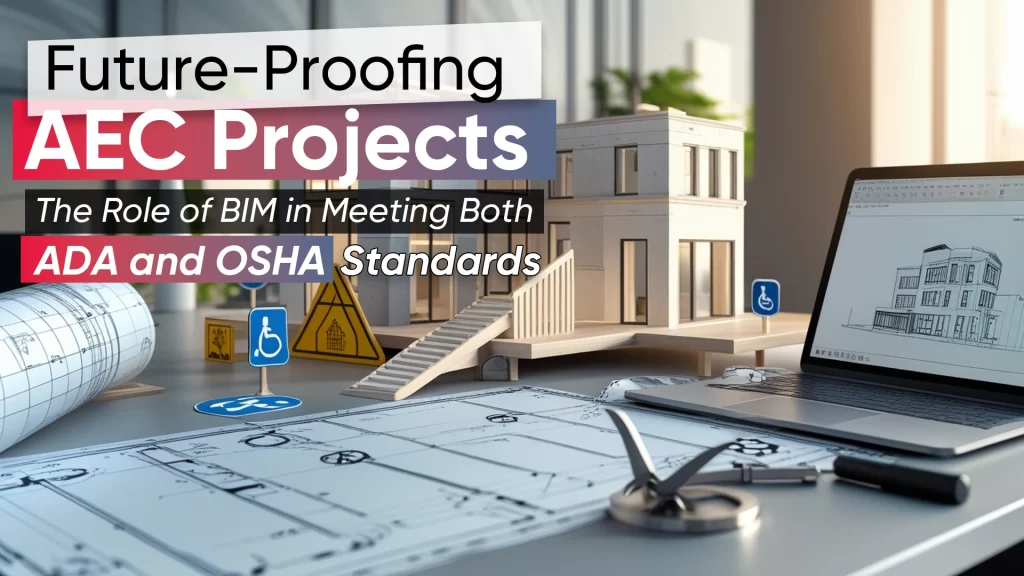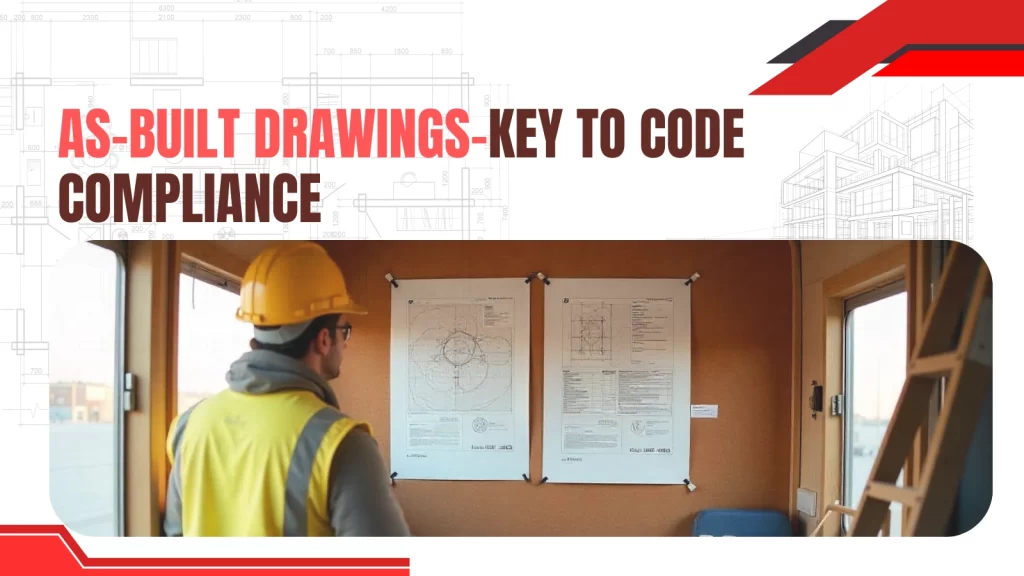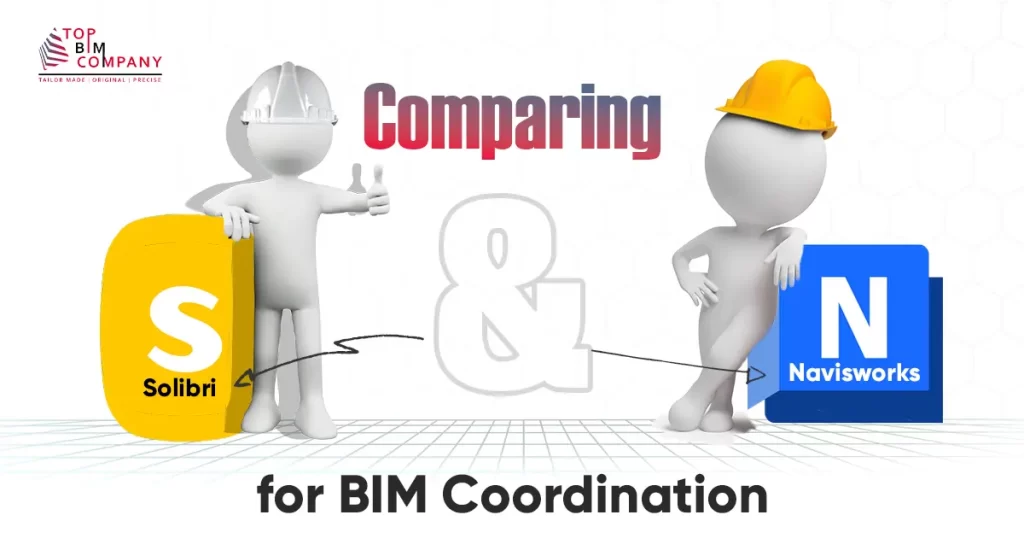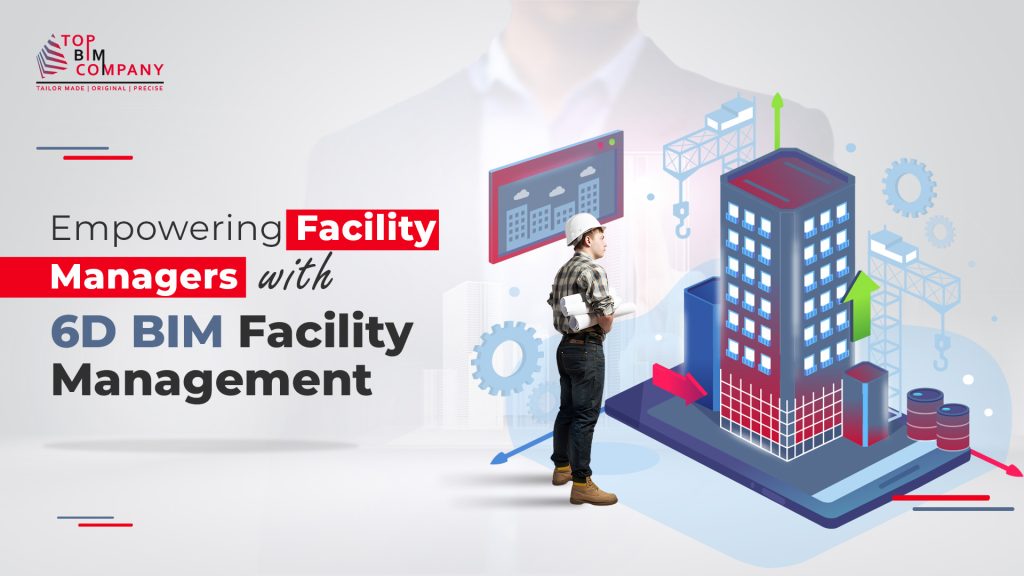
What is 6D BIM facility management?
In the ever-evolving landscape of construction and infrastructure development, Building Information Modeling (BIM) has emerged as a powerful tool for project planning and execution.
Table of Contents
ToggleAmong the various dimensions of BIM, 6D Facility Management stands out as a game-changer. This dimension enriches BIM models with critical facility management information, fostering enhanced project efficiency, sustainability, and long-term benefits.
In this blog, we will explore the significance of 6D BIM in Facility Management, how it works, and the relative benefits it brings to construction projects.
6D BIM facilities management services refer to the integration of comprehensive facility management data into a 3D BIM model. BIM for facility management extends beyond the traditional 3D BIM (geometry) and 5D BIM (cost) dimensions.
It incorporates important facility-related data, such as operation and maintenance details, equipment specifications, maintenance schedules, warranty information, and more.
This enriched model serves as a valuable asset for facility managers, providing them with critical insights and tools to efficiently manage and maintain the building or infrastructure throughout its lifecycle.
“6D” refers to the six dimensions of BIM and facility data requirements used in this process:
- Geometric: The physical dimensions of the building or facility.
- Analytical: The performance characteristics of the building or facility.
- Informational: The data and information about the building or facility.
- Temporal: The time-based aspects of the building or facility.
- Cost: The financial aspects of the building or facility.
- Facility management: The processes and procedures for managing the building or facility.
How does 6D BIM facility management work?
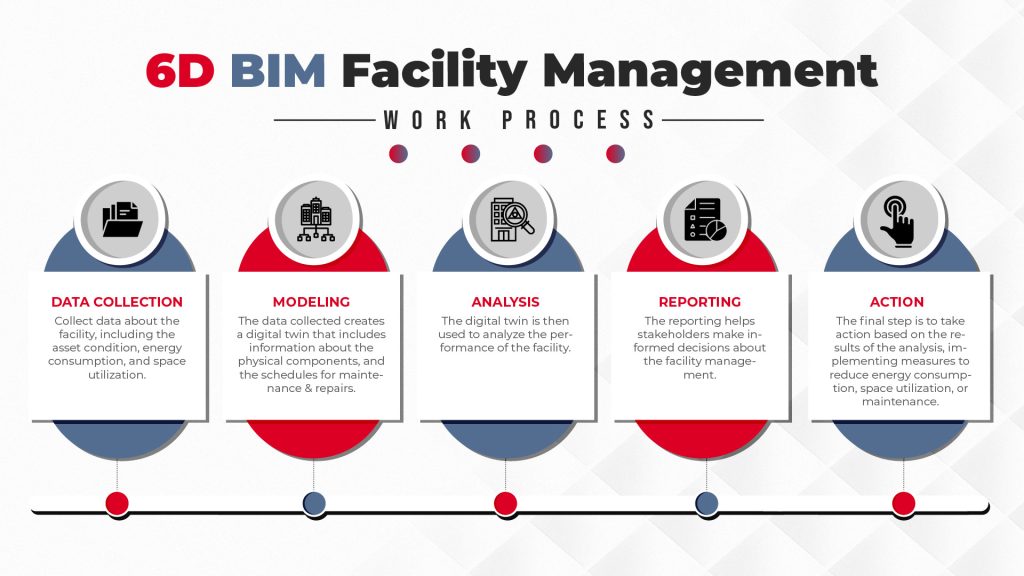
6D BIM facility management works by integrating the 3D BIM model with the facility management processes. This allows facility managers to access and use the data and information in the BIM model to improve their decision-making.
For example, facility managers can use the BIM model to:
- Plan and schedule maintenance tasks
- Track the condition of assets
- Analyze energy consumption
- Evaluate space utilization
To implement 6D Facility Management, specialized BIM software is employed. One such software is Autodesk Revit, which is widely used in the AEC (Architecture, Engineering, and Construction) industry.
- Creation of 3D BIM Model: The first step is to develop a 3D BIM model for the building or infrastructure project. This model includes detailed geometrical and architectural information. Revit enables the creation of intelligent BIM models that encompass 6D data.
- Data Integration: Once the 3D model is in place, relevant facility management data is integrated into it. This data includes information about each building component, such as HVAC systems, electrical equipment, plumbing, fire safety systems, and more. BIM 360® Facilities software from Autodesk integrates BIM data with facility management processes.
- Data Enrichment: The integrated data is enriched with additional details, such as maintenance schedules, equipment specifications, manufacturer details, warranty information, and energy consumption patterns. FacilityONE software from Oracle helps facility managers manage their buildings and infrastructure.
- Collaboration and Access: Facility managers, maintenance teams, and other stakeholders can access this database and extract essential insights at any stage of the building’s life cycle, from construction to operation and maintenance. FM Pro software from FM Systems helps facility managers manage their assets and processes.
These are just a few examples of the many software solutions that are available for 6D BIM facilities maintenance management. The best solution for a particular organization will depend on its specific needs and requirements.
Benefits of 6D BIM for Facilities Management
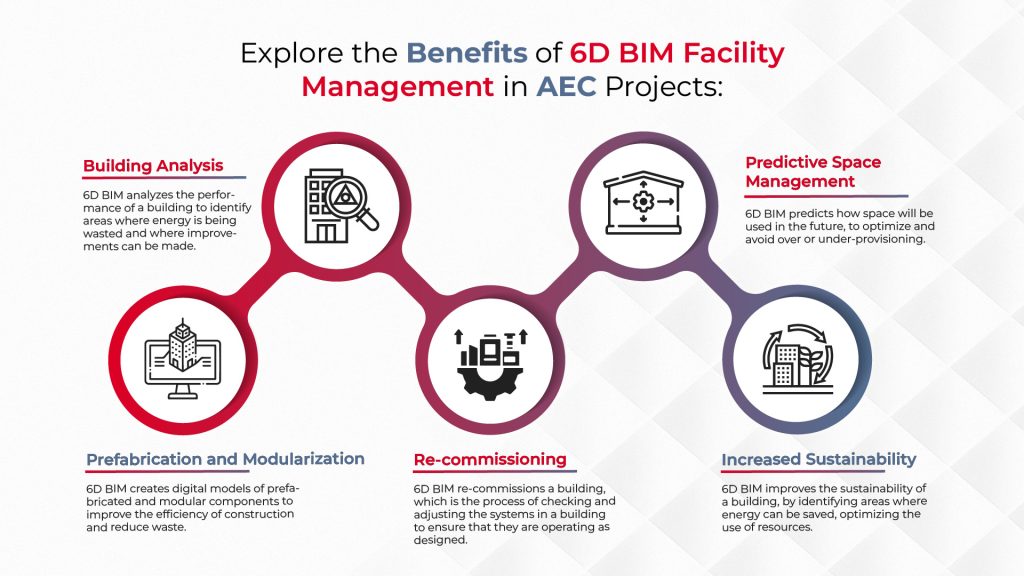
Prefabrication & Modularization
6D BIM can be used to create digital twins of prefabricated and modular components, which can help to ensure that they are assembled correctly and that they fit together properly.
Building Analysis
6D BIM can be used to track the performance of a building over time, which can help to identify problems and opportunities for improvement. This can lead to energy savings, reduced maintenance costs, and improved occupant comfort.
Recommissioning Process
6D BIM can be used to create as-built models of buildings, which can help to ensure that they are operating as intended. This can help to identify and fix problems, which can lead to improved energy performance and occupant comfort.
Predictive Space Management
6D BIM can be used to track the use of space in a building, which can help to improve efficiency and productivity. This can be done by tracking the occupancy of different spaces, the movement of people and goods, and the use of resources.
Increased Sustainability
6D BIM FM enables facility managers to identify energy-consuming assets and areas that require optimization. This data-driven approach fosters sustainable practices, reducing energy wastage and environmental impact.
Automation trend for 6D Facility Management
Here are some ways that recent automation trends like AI can help with 6D Facility Management:
Predict Faults & Schedule Preventative Maintenance
AI can be used to analyze data from sensors and other sources to predict when equipment is likely to fail. This information can then be used to schedule preventative maintenance, which can help to reduce the number of unexpected breakdowns.
Energy Monitoring, Management & Verification, Reducing Energy Expenditure
AI can be used to monitor energy consumption in a building and identify areas where it can be reduced. This can be done by analyzing data from sensors, weather forecasts, and occupancy schedules.
Demand Management
AI can be used to manage demand for energy in a building. This can be done by adjusting the temperature, lighting, and other systems in the building based on occupancy levels and weather conditions.
HVAC optimization
AI can be used to optimize the performance of HVAC systems in a building. This can be done by adjusting the temperature, humidity, and airflow in the building to create a comfortable environment while minimizing energy consumption.
Facility Cleaning
AI can be used to schedule and optimize facility cleaning. This can be done by analyzing data from sensors, occupancy schedules, and cleaning schedules to determine when and where cleaning is needed.
Identify Security Risks
AI can be used to identify security risks in a building. This can be done by analyzing data from security cameras, access control systems, and other sources to identify potential threats.
Smarter Reporting & Analytics
AI can be used to generate smarter reports and analytics for facility management. This can help to identify trends, patterns, and anomalies in data that can be used to improve decision-making.
Final Words
6D Facility Management is a pivotal advancement in the field of BIM, empowering facility managers with comprehensive data to efficiently manage buildings and infrastructure throughout their life cycles.
The integrated facility management data into BIM models brings enhanced decision-making, improved efficiency, increased sustainability, cost savings, seamless collaboration, and improved compliance.
With the ongoing trend of automation, the future of 6D Facility Management system promises even greater efficiency and effectiveness, revolutionizing the way we manage and maintain our built environment.
You may also like to read:
- BIM in Asset Management: Adoption, Benefits & Differences
Best GIS Mapping Softwares for Construction Industry
Autodesk BIM Batch Suite 2024 | New Features & Benefits - BIM Management- Building Construction Process For General Contractors
- 4 Stages of BIM Process in Building Construction
- Benefits and Role of BIM Design in Construction
- BIM Integrated As-Built Drawings for Building Construction Management
- 5 Ways of Improving the Value of BIM Objects

Want to know more about the benefits of BIM in facility management
Contact TopBIM consultants at preconstruction!
Our Services
Latest Post
Get A Free Quote
BIM Construction is the Future
Building information modeling (BIM) is the future of building design and construction. Get in touch with our BIM Experts.

